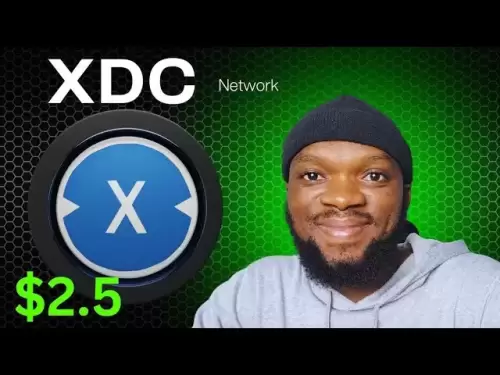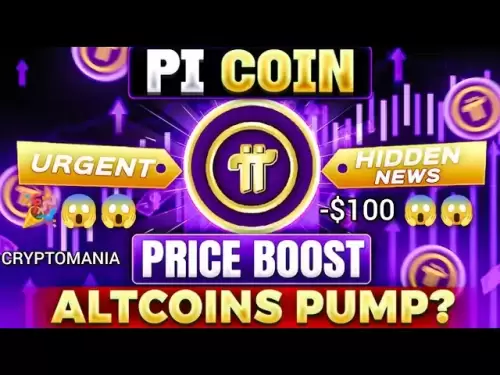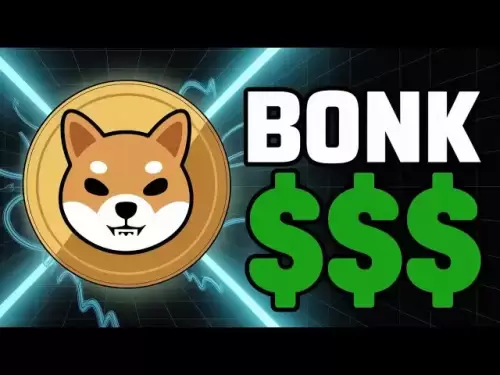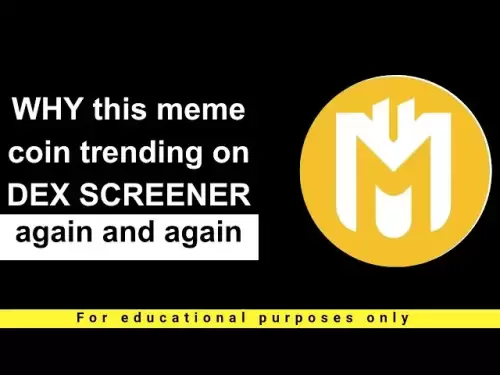-
 Bitcoin
Bitcoin $111,572.4549
2.43% -
 Ethereum
Ethereum $2,781.2889
6.47% -
 Tether USDt
Tether USDt $1.0004
0.02% -
 XRP
XRP $2.4149
4.62% -
 BNB
BNB $669.5333
1.39% -
 Solana
Solana $157.5281
3.98% -
 USDC
USDC $1.0004
0.02% -
 TRON
TRON $0.2899
0.84% -
 Dogecoin
Dogecoin $0.1821
6.49% -
 Cardano
Cardano $0.6263
6.48% -
 Hyperliquid
Hyperliquid $40.9572
5.51% -
 Sui
Sui $3.0909
6.45% -
 Bitcoin Cash
Bitcoin Cash $515.8260
2.91% -
 Chainlink
Chainlink $14.3183
2.55% -
 Stellar
Stellar $0.2890
11.84% -
 UNUS SED LEO
UNUS SED LEO $8.9698
-1.22% -
 Avalanche
Avalanche $19.5767
6.71% -
 Shiba Inu
Shiba Inu $0.0...01245
5.02% -
 Hedera
Hedera $0.1712
6.36% -
 Toncoin
Toncoin $2.8453
1.62% -
 Litecoin
Litecoin $91.0695
3.81% -
 Monero
Monero $324.8517
2.59% -
 Polkadot
Polkadot $3.6357
5.52% -
 Dai
Dai $1.0002
0.01% -
 Ethena USDe
Ethena USDe $1.0012
0.04% -
 Uniswap
Uniswap $8.4396
10.49% -
 Bitget Token
Bitget Token $4.4113
1.70% -
 Pepe
Pepe $0.0...01117
9.50% -
 Aave
Aave $303.3914
3.38% -
 Pi
Pi $0.4712
2.63%
What is the 'send on-chain' option in Coinbase?
Jul 09, 2025 at 03:00 pm
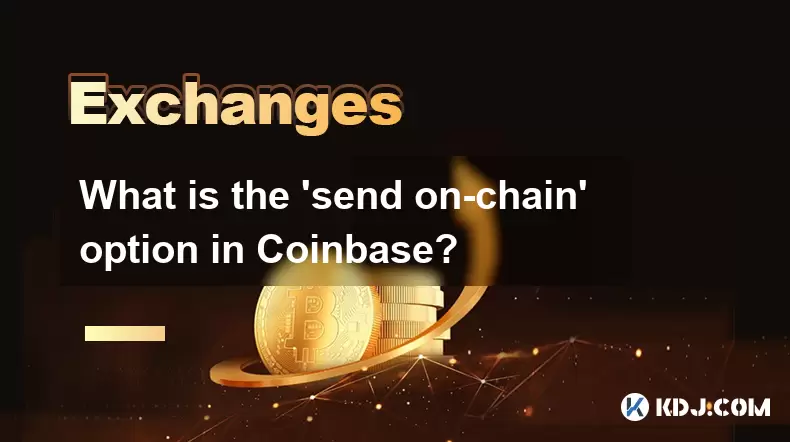
Understanding the 'Send On-Chain' Option in Coinbase
When using Coinbase, users are often presented with multiple options for sending cryptocurrency. One of these is the "send on-chain" option, which may seem confusing to new users unfamiliar with blockchain mechanics. This feature allows users to transfer digital assets directly on the underlying blockchain network rather than through an internal system.
The "send on-chain" option means that your transaction will be broadcasted and recorded on the public blockchain. Unlike internal transfers between Coinbase accounts, which do not touch the blockchain and are instant, this method involves paying a network fee and waiting for confirmations from the network.
How On-Chain Transactions Work
On-chain transactions occur when data (i.e., a cryptocurrency transfer) is permanently recorded onto the blockchain. When you choose the "send on-chain" option in Coinbase, your transaction is processed like any other blockchain transaction:
- The transaction is signed with your private key
- It is broadcasted to the network
- Miners or validators include it in a block
- Once confirmed, it becomes part of the immutable ledger
This process ensures transparency and decentralization but comes with certain trade-offs such as network fees and confirmation times. These variables depend heavily on the current congestion of the blockchain being used.
Why Choose the 'Send On-Chain' Option?
There are several reasons why a user might prefer to use the "send on-chain" option instead of opting for an internal transfer:
- You want to send funds to a wallet outside of Coinbase
- You're moving crypto to a decentralized exchange or dApp
- You need full control over transaction details like gas price or miner fees
- You wish to ensure the recipient receives the exact amount without intermediary handling
Selecting this option gives you greater flexibility and compatibility with external wallets and services. However, it also requires a basic understanding of how blockchain networks operate, including concepts like gas fees and transaction confirmations.
Differences Between On-Chain and Internal Transfers
It's crucial to understand the distinction between on-chain transactions and internal transfers within Coinbase:
- Internal transfers happen instantly and usually cost no fees
- They only work between Coinbase accounts
- No blockchain confirmations are required
- On-chain transfers can go to any compatible wallet or address
- They require network fees and take time depending on the blockchain
Choosing the right method depends on where you're sending the funds and how quickly you need them delivered. If you're transferring between two Coinbase accounts, internal transfers are more efficient. For external destinations, especially those requiring full blockchain verification, on-chain is necessary.
Step-by-Step Guide to Using 'Send On-Chain' in Coinbase
If you decide to proceed with an on-chain transaction, follow these steps carefully:
- Open the Coinbase app or website and log into your account
- Navigate to the wallet containing the cryptocurrency you wish to send
- Click on the “Send” button
- Enter the recipient’s wallet address accurately
- Look for the toggle or checkbox labeled “Send via blockchain” or similar wording
- Select this option to ensure the transaction goes on-chain
- Review the transaction details, including the network fee
- Confirm and send
Double-check the recipient’s address before confirming, as on-chain transactions cannot be reversed once executed. Sending crypto on-chain is irreversible, so accuracy is essential to avoid loss of funds.
Potential Fees and Delays in On-Chain Transfers
Using the "send on-chain" option may incur various costs and delays based on network conditions:
- Network congestion can increase transaction fees
- Block times affect how quickly a transaction gets confirmed
- Coinbase may offer options to adjust fees manually or automatically set them
- Some networks allow faster confirmations than others
Users should monitor the network status before initiating an on-chain transfer to optimize timing and cost. Tools like Etherscan Gas Tracker (for Ethereum) or Bitcoin Fee Calculators can help estimate appropriate fees.
Frequently Asked Questions
Q: Can I cancel an on-chain transaction after sending?
A: No. Once a transaction is sent on-chain and broadcasted to the network, it cannot be canceled or reversed. You must wait for confirmations or contact the recipient if the funds were sent to the wrong address.
Q: Why does Coinbase give me the option to not send on-chain?
A: Coinbase offers internal transfers for convenience and speed when sending between Coinbase users. These transactions are handled internally by Coinbase without touching the blockchain, reducing fees and processing time.
Q: Will using the 'send on-chain' option affect my Coinbase account security?
A: No. The option itself doesn't impact your account security. However, always ensure you're sending to verified addresses and avoid sharing recovery phrases or private keys.
Q: What happens if I send on-chain during high network congestion?
A: Your transaction might take longer to confirm, and you may pay higher fees. Coinbase typically provides estimated fees based on current network conditions, but delays can still occur depending on network traffic.
Haftungsausschluss:info@kdj.com
Die bereitgestellten Informationen stellen keine Handelsberatung dar. kdj.com übernimmt keine Verantwortung für Investitionen, die auf der Grundlage der in diesem Artikel bereitgestellten Informationen getätigt werden. Kryptowährungen sind sehr volatil und es wird dringend empfohlen, nach gründlicher Recherche mit Vorsicht zu investieren!
Wenn Sie glauben, dass der auf dieser Website verwendete Inhalt Ihr Urheberrecht verletzt, kontaktieren Sie uns bitte umgehend (info@kdj.com) und wir werden ihn umgehend löschen.
-
 M Jetzt handeln
M Jetzt handeln$0.3832
85.83%
-
 USELESS Jetzt handeln
USELESS Jetzt handeln$0.3212
25.21%
-
 BANANAS31 Jetzt handeln
BANANAS31 Jetzt handeln$0.0251
24.49%
-
 ZBCN Jetzt handeln
ZBCN Jetzt handeln$0.0036
20.17%
-
 ETHFI Jetzt handeln
ETHFI Jetzt handeln$1.11
18.57%
-
 SATS Jetzt handeln
SATS Jetzt handeln$0.0...04426
16.04%
- Crypto Liquidations und Bitcoins wilde Fahrt: Wie geht es weiter?
- 2025-07-10 12:30:12
- Elon Musk, Peanut the Eichhörnchen und Pnut -Token: Eine wilde Fahrt in Krypto & Politik
- 2025-07-10 12:30:12
- Blockdag führt das Krypto -Paket an: Ein 2025 -Ausblick auf Blockdag, Cardano, Litecoin und Polkadot
- 2025-07-10 10:50:12
- Ondo Price Watch: Händler Augenwiderstand für potenzielles Ziel von 3 USD
- 2025-07-10 10:50:12
- Bitcoin vs. The Brasilianer Real: Navigation der Volatilität in einem Tarifkrieg
- 2025-07-10 11:10:12
- VC -Firmen, Bitcoin und Finanzierung: Eine New Yorker Minute über die Zukunft von Crypto
- 2025-07-10 11:10:12
Verwandtes Wissen
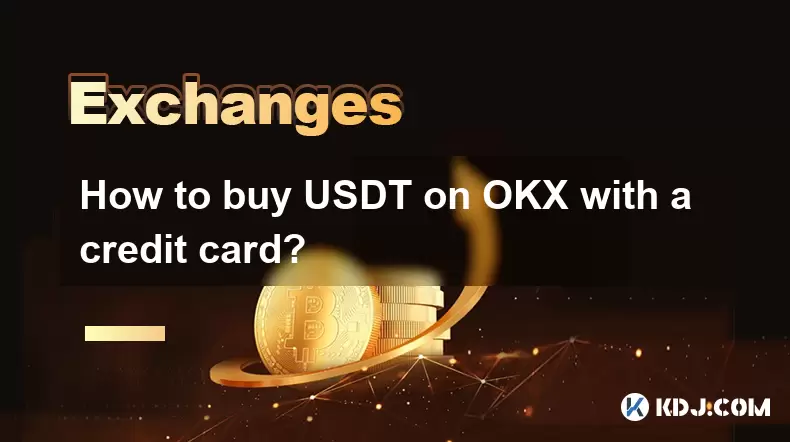
How to buy USDT on OKX with a credit card?
Jul 10,2025 at 01:14pm
<h3>What is USDT and why buy it on OKX?</h3><p>USDT (Tether) is one of the most widely used stablecoins in the cryptocurrency market...
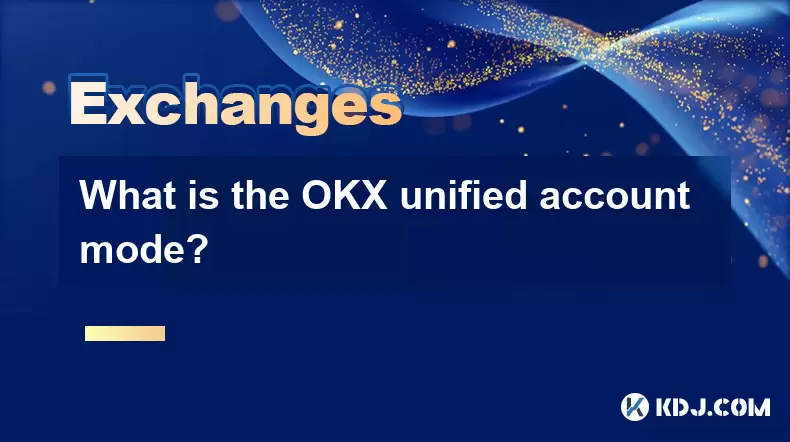
What is the OKX unified account mode?
Jul 09,2025 at 01:07pm
<h3>Understanding the OKX Unified Account Mode</h3><p>The OKX unified account mode is a feature introduced by OKX, one of the leadin...
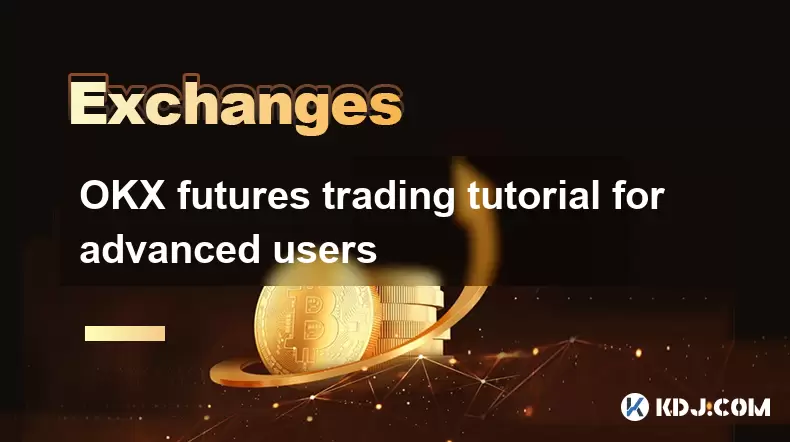
OKX futures trading tutorial for advanced users
Jul 09,2025 at 07:29am
<h3>Understanding OKX Futures Trading Interface</h3><p>Before diving into advanced strategies, it's crucial to have a deep understan...
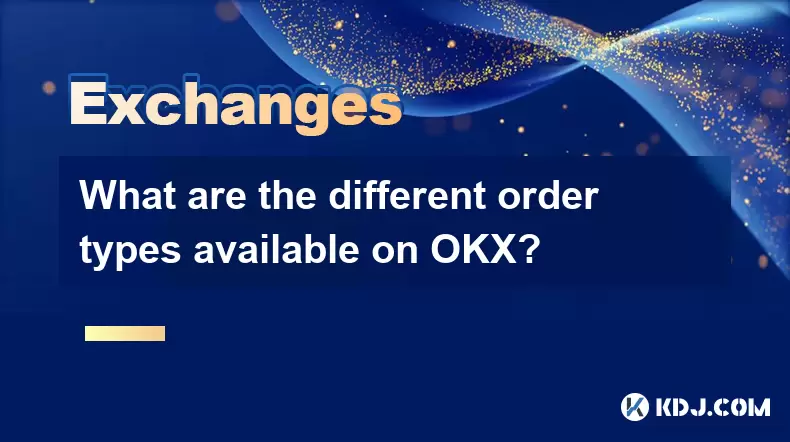
What are the different order types available on OKX?
Jul 08,2025 at 10:15pm
<h3>Understanding Order Types on OKX</h3><p>OKX is one of the leading cryptocurrency exchanges globally, offering a wide array of tr...
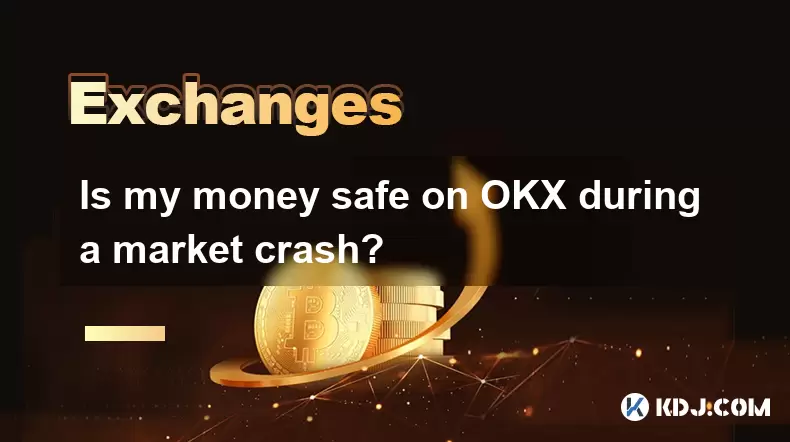
Is my money safe on OKX during a market crash?
Jul 09,2025 at 01:43pm
<h3>Understanding Market Crashes and Cryptocurrency Exchanges</h3><p>During a market crash, cryptocurrency prices plummet rapidly, o...
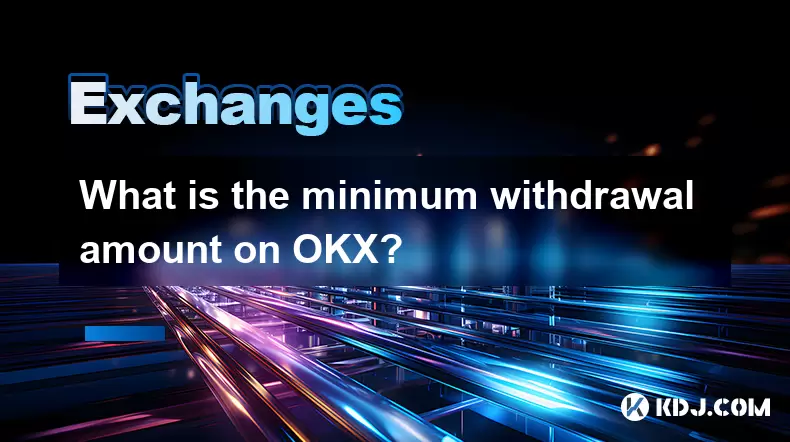
What is the minimum withdrawal amount on OKX?
Jul 08,2025 at 08:21pm
<h3>Understanding the Minimum Withdrawal Amount on OKX</h3><p>When using a cryptocurrency exchange like OKX, users often need to und...

How to buy USDT on OKX with a credit card?
Jul 10,2025 at 01:14pm
<h3>What is USDT and why buy it on OKX?</h3><p>USDT (Tether) is one of the most widely used stablecoins in the cryptocurrency market...

What is the OKX unified account mode?
Jul 09,2025 at 01:07pm
<h3>Understanding the OKX Unified Account Mode</h3><p>The OKX unified account mode is a feature introduced by OKX, one of the leadin...

OKX futures trading tutorial for advanced users
Jul 09,2025 at 07:29am
<h3>Understanding OKX Futures Trading Interface</h3><p>Before diving into advanced strategies, it's crucial to have a deep understan...

What are the different order types available on OKX?
Jul 08,2025 at 10:15pm
<h3>Understanding Order Types on OKX</h3><p>OKX is one of the leading cryptocurrency exchanges globally, offering a wide array of tr...

Is my money safe on OKX during a market crash?
Jul 09,2025 at 01:43pm
<h3>Understanding Market Crashes and Cryptocurrency Exchanges</h3><p>During a market crash, cryptocurrency prices plummet rapidly, o...

What is the minimum withdrawal amount on OKX?
Jul 08,2025 at 08:21pm
<h3>Understanding the Minimum Withdrawal Amount on OKX</h3><p>When using a cryptocurrency exchange like OKX, users often need to und...
Alle Artikel ansehen





















